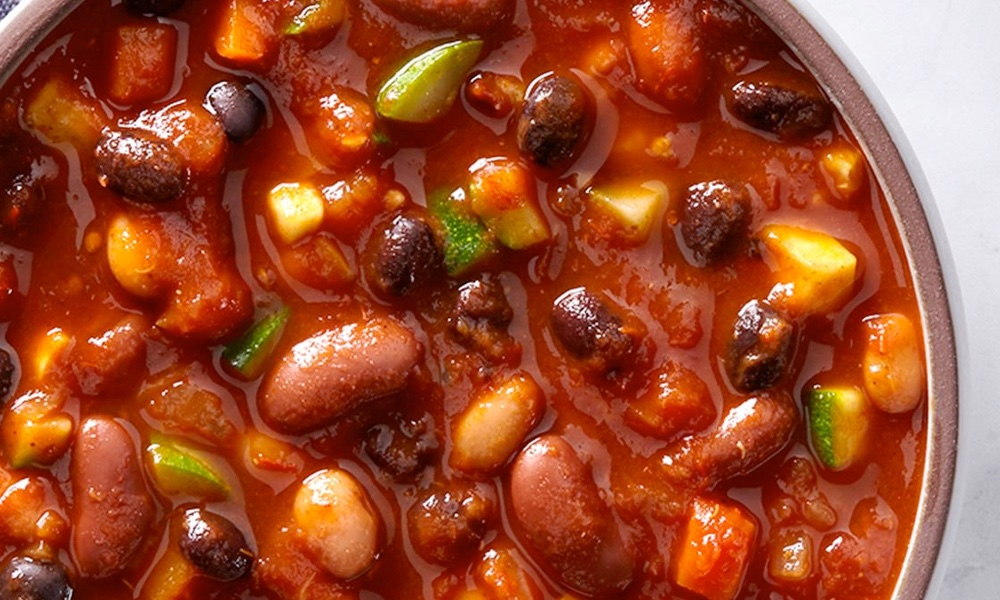French mothers use what might be considered a rather unusual approach to introducing vegetables to their babies. The question is, does this really make a difference in how readily kids accept vegetables?
“For years, French mums have shown that getting their children to eat vegetables early is child’s play,” Marion Hetherington, one of the researchers at the Human Appetite Research Unit and the School of Psychology at the University of Leeds, said in a statement.
Their secret? They add vegetable cooking water to milk as babies are being weaned off the breast or formula to help introduce them to eating vegetables.
To see if the strategy really works, researchers set up a controlled study. Thirty-six mothers with infants at least six months old participated and were split into two groups. One group of babies was fed plain milk for 12 consecutive days. Then plain rice was added for the next 12 days.Carrots were the babies’ vegetable of choice — they ate almost 50 percent more of them than the other vegetables they were offered
The babies in the other group were given milk and then rice as well, but vegetable puree was added to both the milk and rice they were given over the 24 days of the study.
After the initial three and a half weeks, all of the babies were fed vegetable puree for nearly two weeks. The researchers tracked how much of the vegetables the babies ate in relation to what they had been fed in the initial part of the study.
The babies who had had vegetable puree added to their milk and rice ate 46 percent more vegetables during the last part of the study, compared to babies who had not been exposed to vegetable-laced milk and rice.
“What this study shows is that by doing a relatively simple thing, like adding vegetable puree to milk and then baby rice, children eat vegetables more readily. Vegetables tend to be bitter, so a gradual introduction is an easy way to let children get used to them,” Hetherington added.
Moms who breastfeed should eat a variety of vegetables for their own health, but this also helps with their babies' acceptance of vegetables, because breast milk contains the flavors of the foods their mothers eat.
Finding ways to get children to eat more fruits and vegetables is a national health priority. The dietary patterns set in childhood tend to continue into adulthood, and vegetables provide important nutrients.
According to the Centers for Disease Control and Prevention, 93 percent of US children don’t eat the recommended amount of vegetables. If children learn to like vegetables early in life, they are much more likely to make healthy food choices as they get older.




